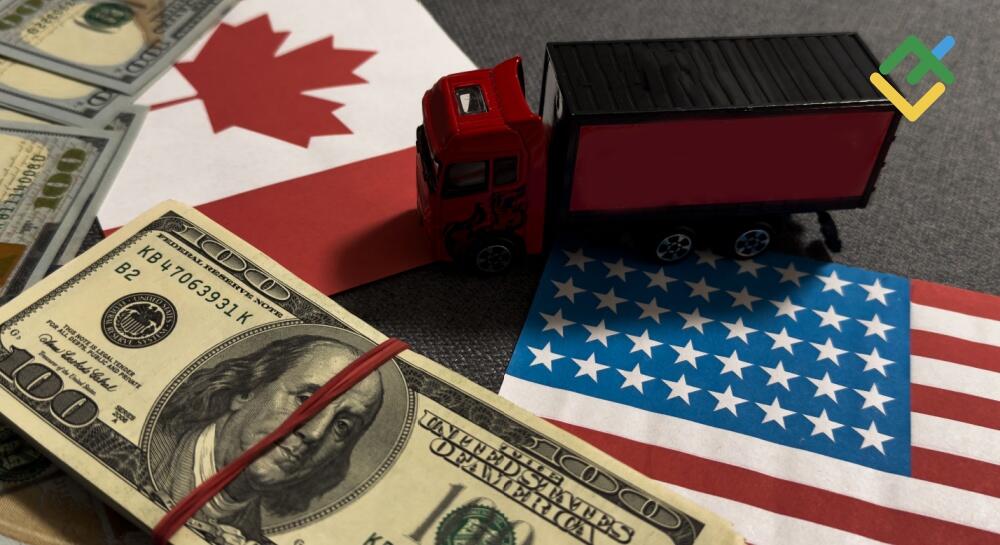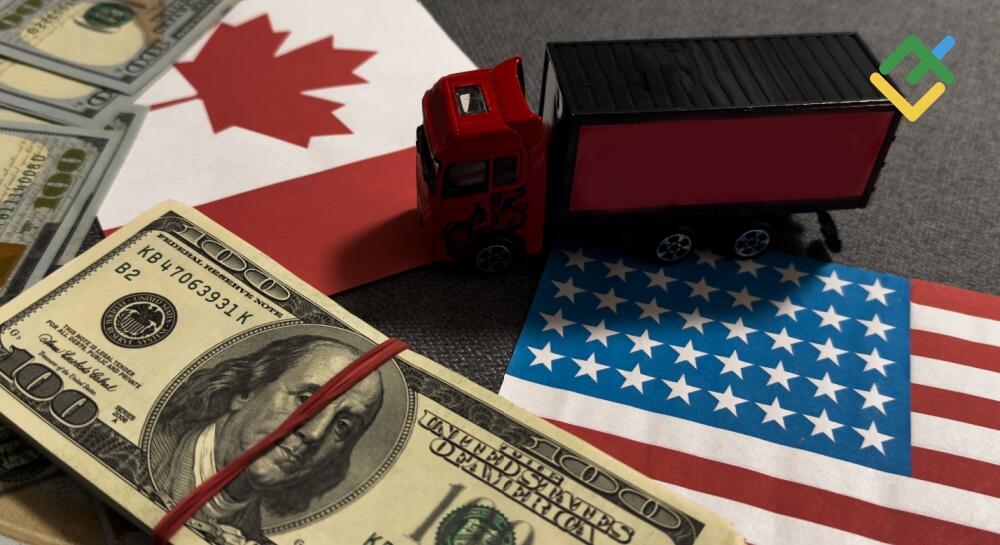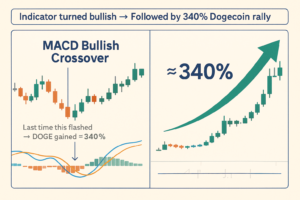Loonie Stands Firm as Ottawa Refuses to Sign a Bad Deal. Forecast as of 28.07.2025

Canada, in contrast to Japan and Belgium, is not backing down in trade talks with the US. In the short term, the resilience of the Canadian dollar may prompt a correction in the USDCAD pair amid rising US tariffs of up to 35%. Let’s discuss this topic and make a trading plan.
The article covers the following subjects:
Major Takeaways
- Canada will not accept a bad trade deal with the US.
- Economic stability allows the Bank of Canada to maintain its current interest rate policy.
- The BoC may end its monetary policy cycle at 2.75%.
- Consider alternating between buying USDCAD and selling on rallies towards 1.3815, 1.39, and 1.4.
Weekly Fundamental Forecast for Canadian Dollar
Some say fortune favors the bold. It is evident that Donald Trump’s achievements can be attributed not only to his assertive and ambitious character but also to the vulnerabilities of his opponents. During the first term of the US President, China was subjected to significant pressure. However, it demonstrated that retaliation based on a tit-for-tat principle is ineffective. The potential consequences of failing to do so can be severe. Ultimately, the UK, Japan, and the EU all backed off under growing pressure. However, there are small but proud countries that do not wish to comply with Washington’s directives. One of these countries is Canada.
“Canada will not accept a bad deal,” said Prime Minister Mark Carney. “Our objective is not to reach a deal, whatever it costs. We are pursuing a deal that will be in the best interest of Canadians.” Japan currently pays tariffs of 25%, which may be increased to 35% on August 1. However, commodities covered by the North American Free Trade Agreement remain exempt from these duties, representing 80% of exports.
US Foreign Trade with Major Partners
Source: Wall Street Journal.
Canada is also affected by tariffs of 25% on cars and 50% on steel and aluminium. Furthermore, the US administration plans to impose 50% tariffs on copper, a significant portion of which is supplied by Canada. Ottawa has introduced retaliatory measures. Consequently, revenue from tariffs climbed to $1.8 billion in April-May, compared to $842 million in the same period last year. The increase in this indicator balances out the reduction in the income tax rate to 15% and the sales tax rate to 17%. In light of the 0.4% drop in GDP in Q2, as predicted by Bloomberg experts, this outcome provides a substantial fiscal boost.
In fact, the situation is not as dire as it may seem. The Canadian labor market added an impressive 83,000 jobs in June, and the “Buy Canadian” movement helped drive retail sales up by 1.6%. A growing number of companies are receiving tariff exemptions from the US thanks to the North American Trade Agreement. Combined with inflation that shows no signs of deceleration, economic stability is prompting the BoC to keep its overnight rate at 2.75% for the third consecutive meeting on July 30.
Canadian Inflation Trends
Source: Bloomberg.
The largest Canadian banks, Bank of Nova Scotia and Royal Bank of Canada, believe that the resumption of the monetary expansion cycle in 2025 by Tiff Macklem and his colleagues is unlikely. Considering the high probability of the Fed easing its monetary policy, the outlook for the USDCAD pair is bearish.
Weekly USDCAD Trading Plan
However, Canada’s reluctance to compromise with the US in trade negotiations may prompt Washington to raise tariffs against Ottawa to 35%, causing a correction in the USDCAD pair toward 1.3815, 1.39, and 1.4. The strategy of switching from short-term long trades to medium-term short trades remains relevant.
This forecast is based on the analysis of fundamental factors, including official statements from financial institutions and regulators, various geopolitical and economic developments, and statistical data. Historical market data are also considered.
Price chart of USDCAD in real time mode
The content of this article reflects the author’s opinion and does not necessarily reflect the official position of LiteFinance broker. The material published on this page is provided for informational purposes only and should not be considered as the provision of investment advice for the purposes of Directive 2014/65/EU.
According to copyright law, this article is considered intellectual property, which includes a prohibition on copying and distributing it without consent.






